Staking crypto is a concept of locking the funds invested into digital assets to support and keep the uprightness of the blockchain network. The traders reward exclusive currencies for locking their money in the coins.
Cryptocurrencies are potentially reshaping the financial world, leaving with the questionable state of the conventional financial structure. However, staking crypto is a method of making the token function to produce value for the trader.
In the coming section, we will be jumping into the world of cryptocurrency staking, knowing the pros and cons of staking. Before that, let’s see the top five staking crypto projects that are worth investing the money into.
What is crypto staking?
Staking cryptocurrency involves locking up the crypto investment for gaining incentives. Cryptocurrencies are created with blockchain. And the rest of the data storing and the transactions are verified within the blockchain. Staking crypto is the other method used to validate those transactions on the blockchain.
However, traders actively hold and lock their cryptos in the crypto wallet and participate in the network’s consensus-taking systems. Essentially, the stakers approve and confirm the transaction on the blockchain.
Tezos (XTZ)
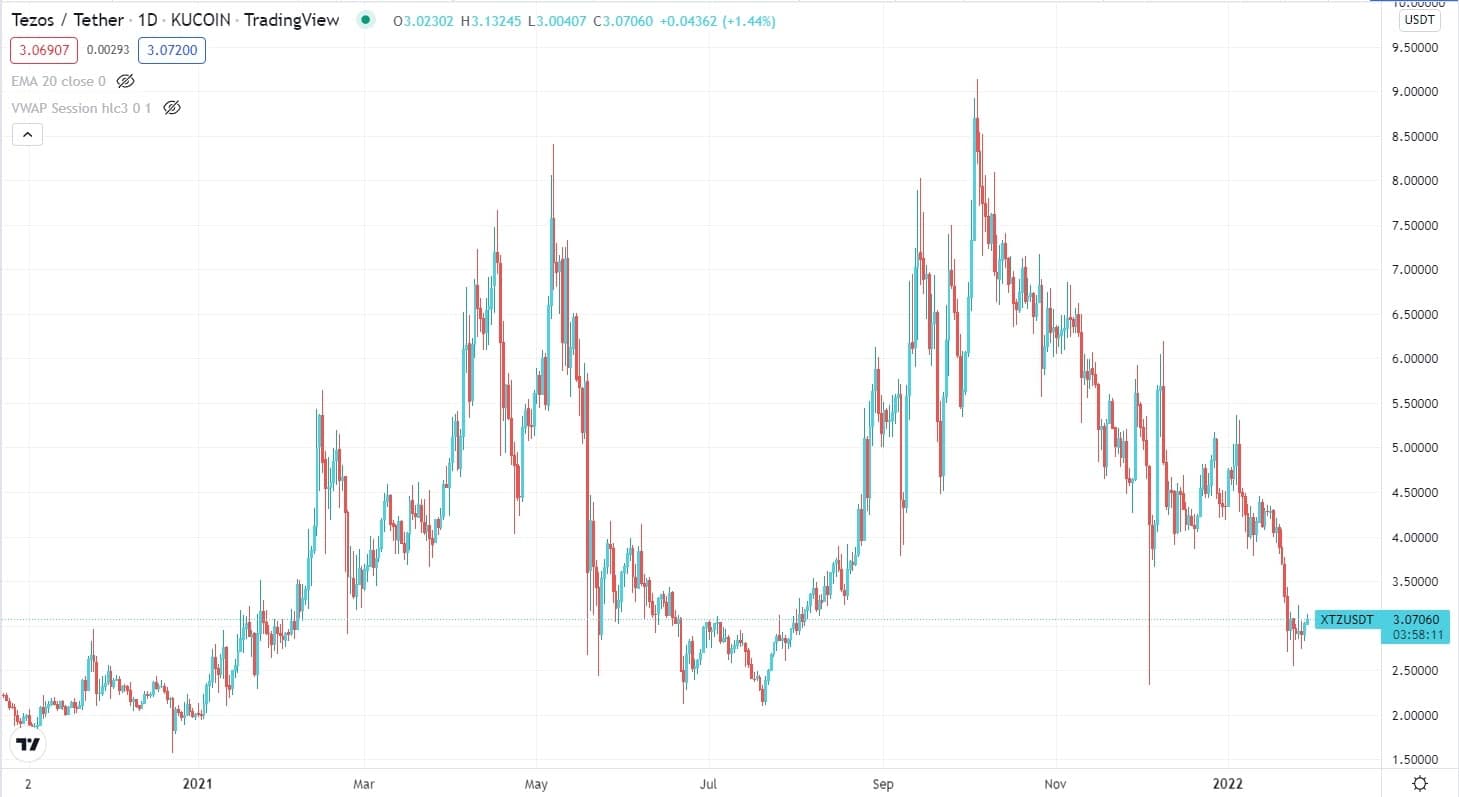
What is Tezos?
In June 2018, Tezos coins were introduced with more than $230 million initial coin offerings. Hence it became a well-known blockchain within a short time. Tezos coin utilizes an on-chain supervision model to govern any changes in the network.
How does Tezos coin work?
Tezos coin executes a variant of LPoS (liquid proof of stake). Also, it prohibits the informal bakers involved in forfeiture. It is supported by the XTZ cryptocurrency that is developed via the baking system. In this platform, the staking method named baking and bakers is rewarded hugely for staking their XTZ and permitting the confirmation of new blocks.
Algorand (ALGO)
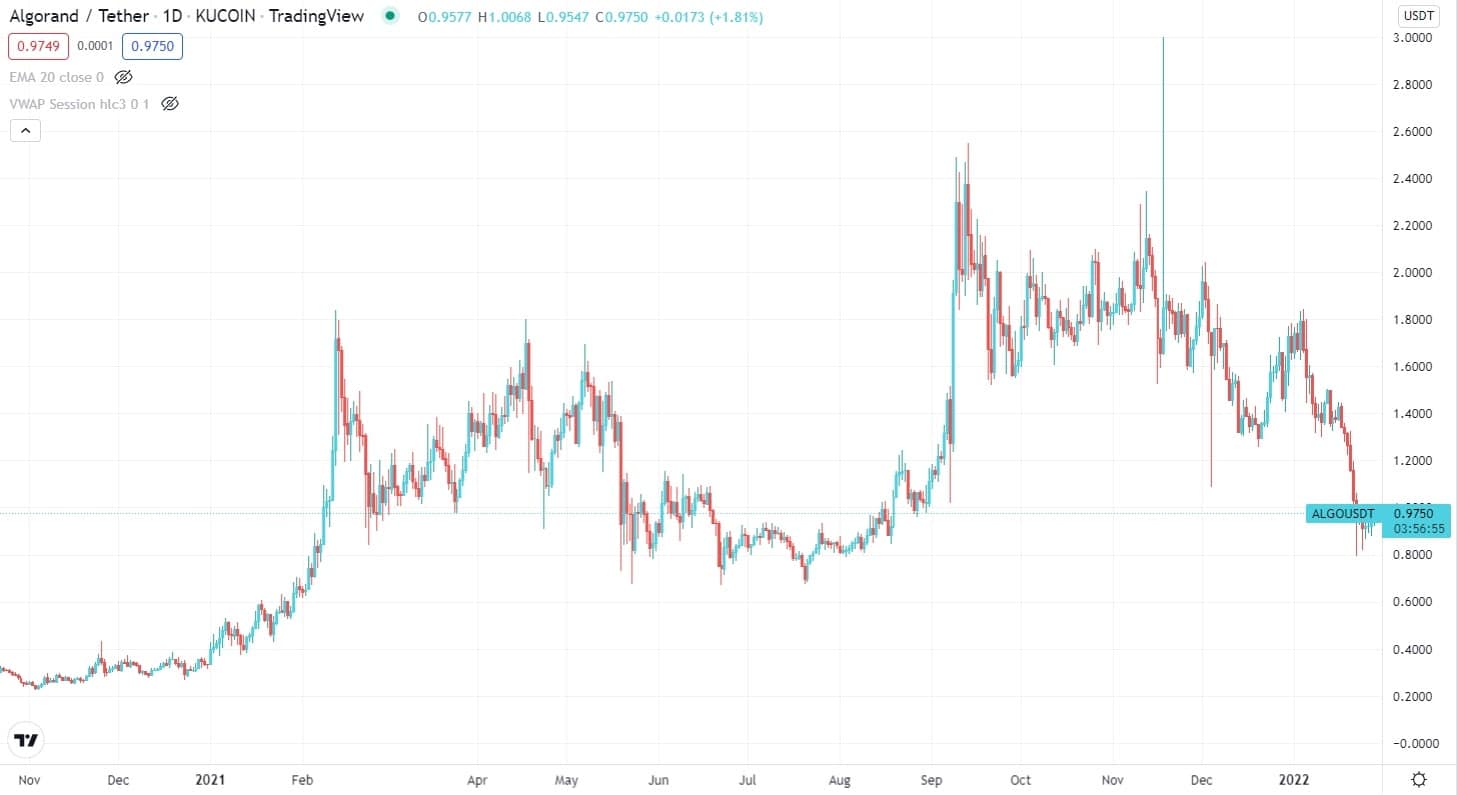
What is Algorand?
The main purpose of introducing the Algorand coin was to empower an indistinct economy and resolve the profitability issues of blockchain. It also governs security and decentralization. Simultaneously, by charging the least possible transaction fees, Algorand has developed an indistinct economy to some extent.
How does ALGO work?
ALGO utilizes a distinct consensus method named Pure Proof of Stake in short PPoS. It restrains the informal activities of participants in the system by safeguarding as beneficent most of its stakes that also allows the system to arrive at a consensus regardless of ruling authority. The rewards of staking in ALGO are in the range of 5%-10% based on the trading platform.
VeChain (VET)
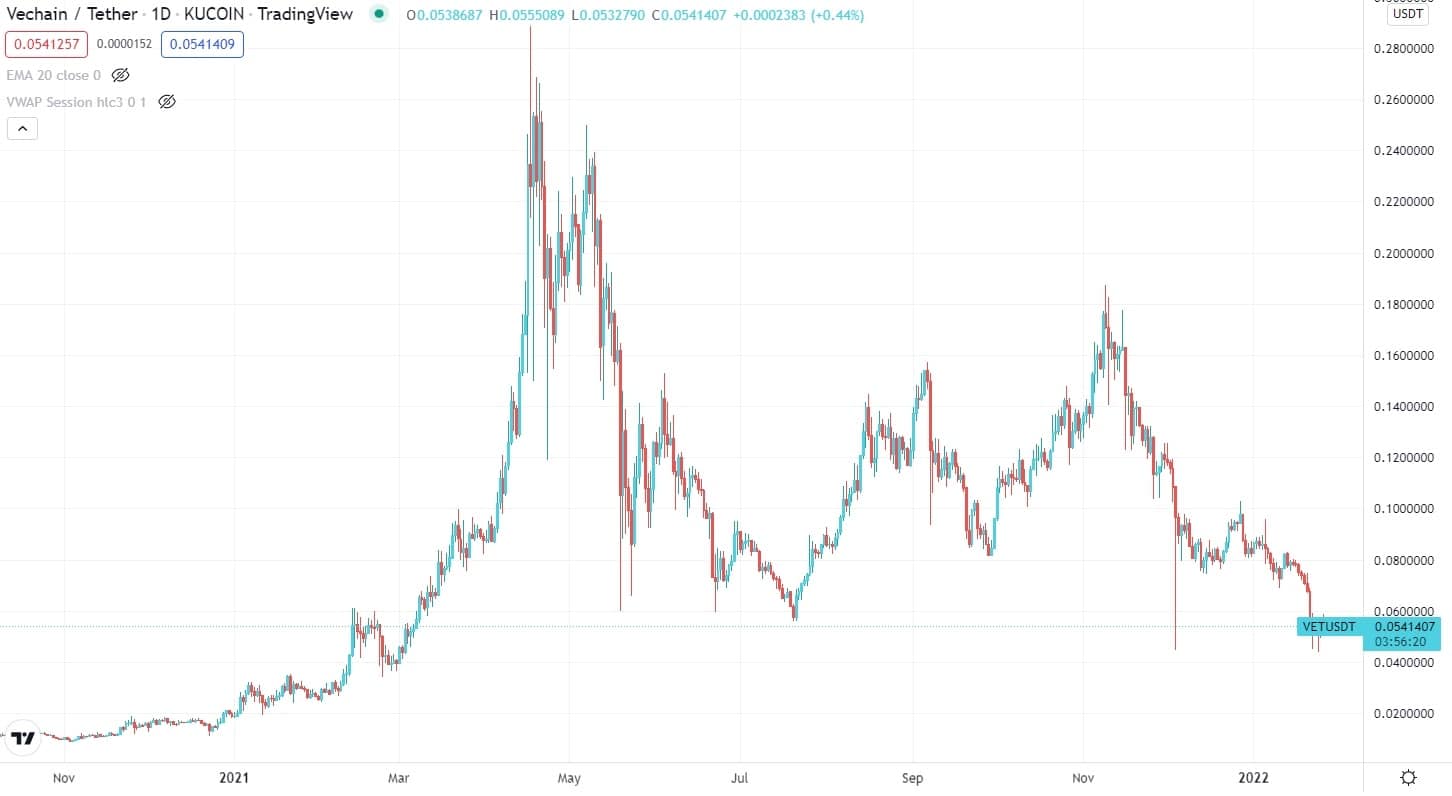
What is VeChain?
VeChain is a blockchain platform based on Ethereum. It focuses mainly on the supply chain businesses and organizations. VeChain has encountered a remarkable improvement in its ranking experience when it comes to staking after starting to utilize blockchain technology.
How does VET work?
VET platform relies upon logistics via supply chain management which comprises managing the inventory, supervising the quality, and assurance. Furthermore, it has introduced their mobile application that is very efficient and easy to use. After introducing the mobile application, the staking becomes very smooth. The evaluated rewards for staking are between 3%-4%, and it may be hugely fluctuating.
Lisk (LSK)
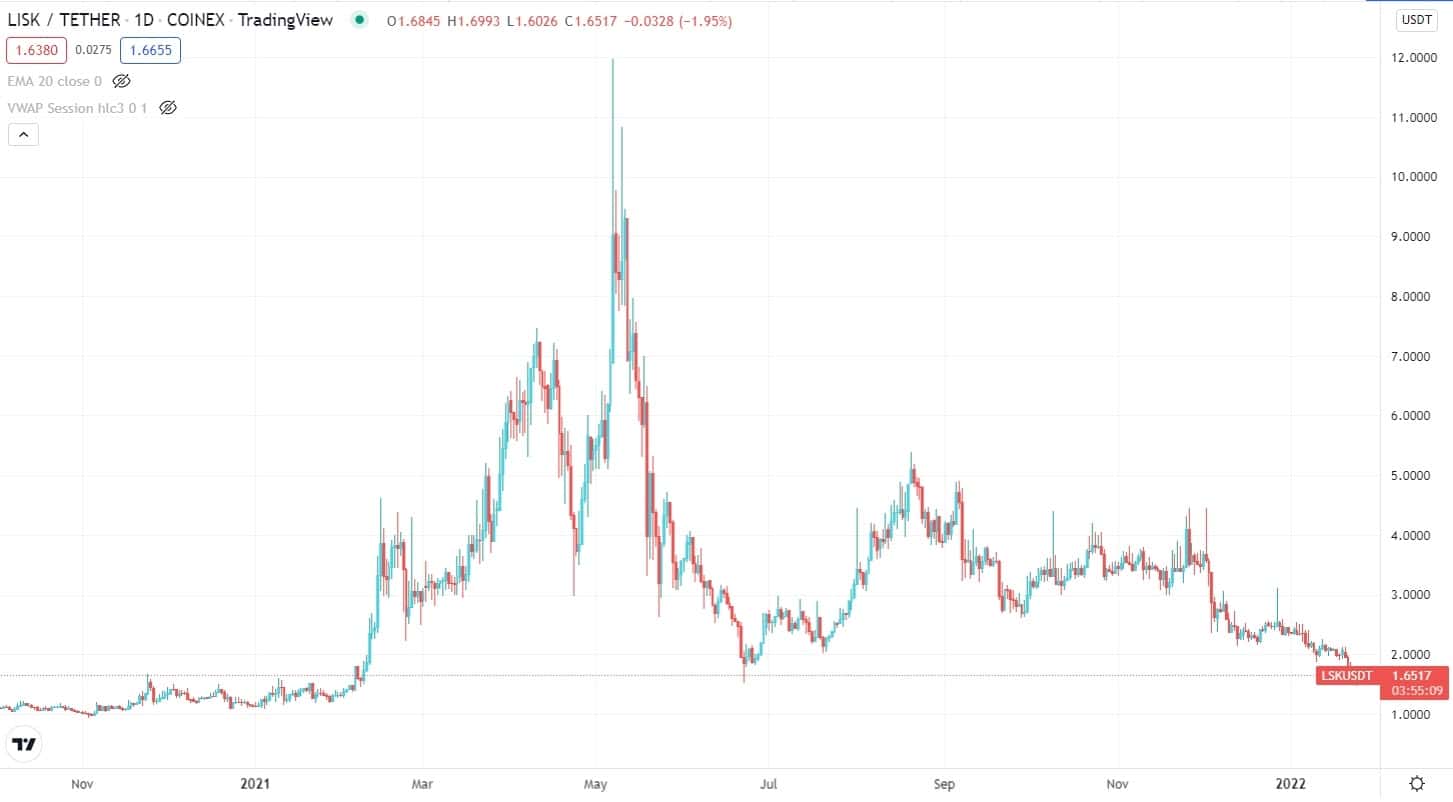
What is Lisk?
Lisk an open-source blockchain platform offering access to the blockchain. Lisk permits all the traders, projects developers, and designers to build their side-chains which is considered the best feature of the LSK.
How does LSK work?
LSK is Javascript based platform that makes it more approachable for the new project developers for staking and yielding the amenities to produce great profits. The estimated reward for staking as the return on investment is in the range of 5%-6% annually on the exchanges.
Ethereum 2.0 (ETH)
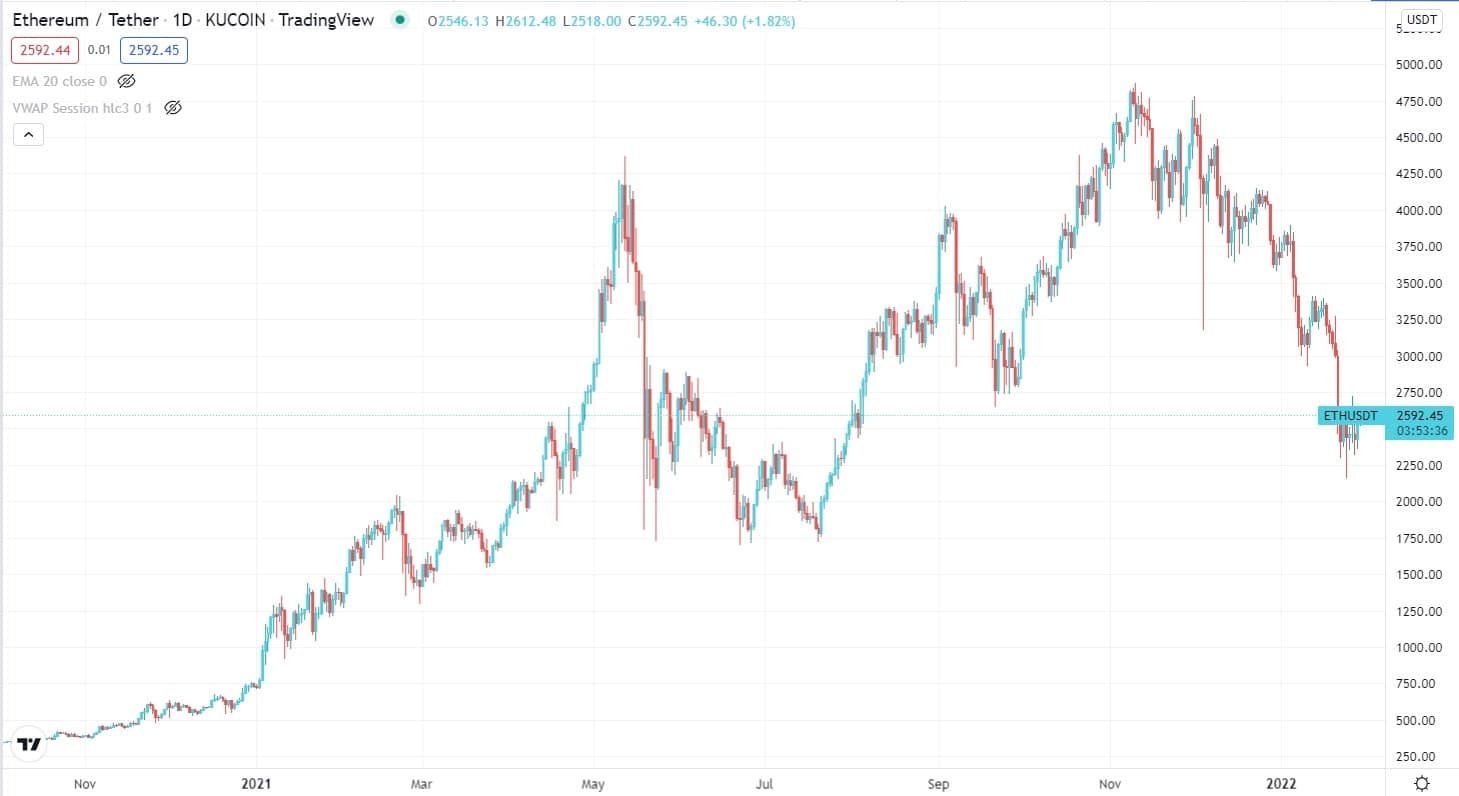
What is Ethereum 2.0?
Ethereum is a very reputed platform with eye-catching staking options. ETH is deemed to be the second most globally demanded cryptocurrency, and Bitcoin is in the 1st position. In December 2020, the ETH platform began to stake. It has around 1,30,000 validators, and their staked value turned into $12 billion ETH within a very short period of time.
How does ETH work?
If you become an early validator of the ETH platform, you may earn a satisfactory amount of money. However, staking of its crypto required a minimum of 32 ETH. This crypto has transformed to PoS consensus from PoW consensus. It offers a splendid staking reward ratio in the range of 5%-21%. It can reap a satisfactory return on investment averaging around 7.5% per year.
Pros and cons
| Pros | Cons |
|
|
|
|
|
|
Final thoughts
In a nutshell, if one can do it properly, then staking cryptocurrencies may become a significant income-producing way. The invested amount decides the income you may gain since staking entirely relies on the number of staked coins.
Moreover, its environment-friendly nature attracts a lot of individuals shifting from mining. Hence, the market of staking is expanding eventually. Although it is better to keep in mind that even the best staking coins come with huge risks, you must do your research comprehensively and heed all the influencing factors.

